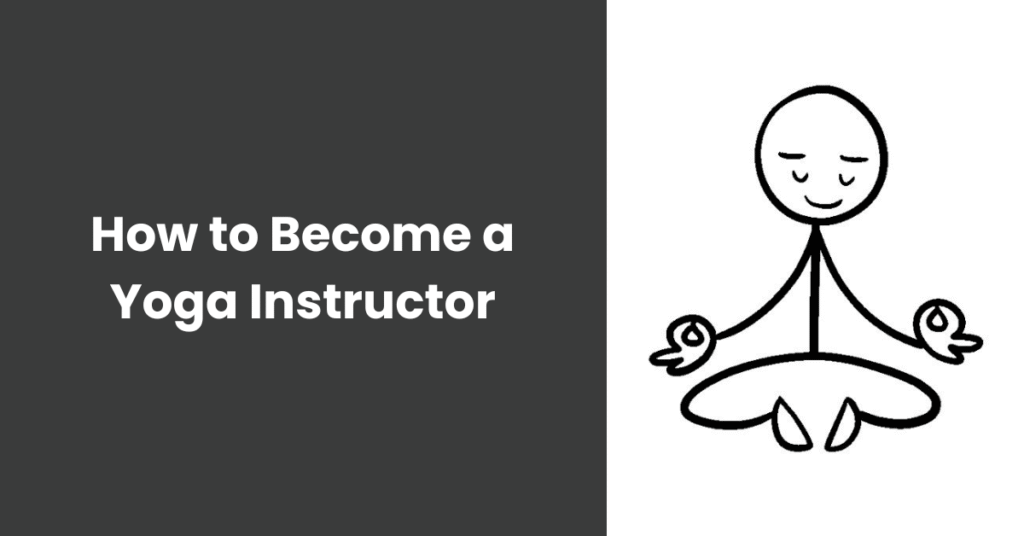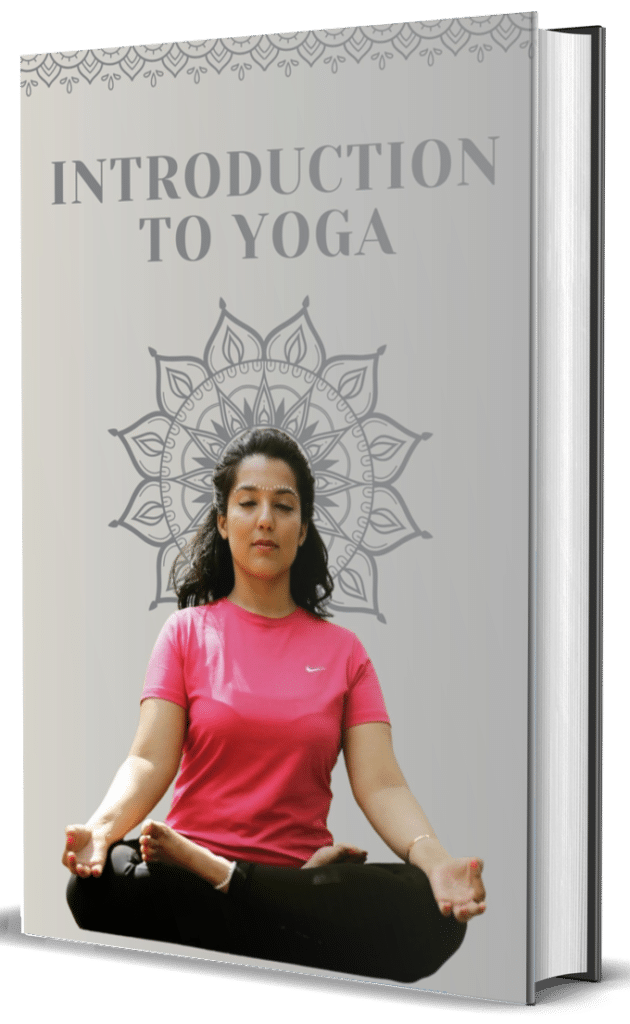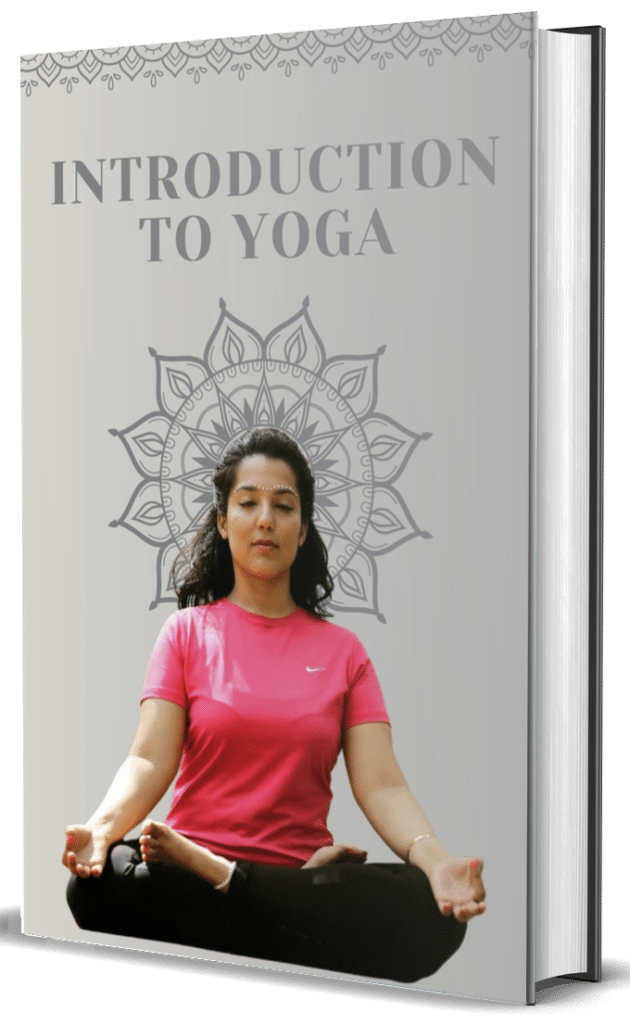Are you passionate about yoga and dreaming of turning that passion into a rewarding career?
Whether you’re interested in deepening your yoga practice, teaching at a yoga studio, or simply exploring a new journey, enrolling in a yoga teacher training program could be your ideal next step. This comprehensive guide will give you everything you need to know about becoming –
- a certified yoga teacher, what to expect from a 200-hour yoga teacher training course,
- and how to register with Yoga Alliance to launch your yoga teaching career successfully.
Article Outline
- What Is Yoga Teacher Training, and Who Is It For?
- Why Choose a 200-Hour Yoga Teacher Training Program?
- How Do I Choose the Best Yoga School for My Teacher Training?
- What Can I Expect from a Yoga Teacher Training Course?
- Online vs. In-Person Yoga Teacher Training: Which Is Right for You?
- What’s Included in a Typical 200-Hour Teacher Training?
- How Important Is Yoga Alliance Certification?
- What’s the Difference Between 200-Hour, 300-Hour, and 500-Hour Teacher Training Programs?
- Can I Get a Scholarship for Yoga Teacher Training?
- After Completing Your Certification: What’s Next for Your Yoga Teaching Career?
What Is Yoga Teacher Training, and Who Is It For?
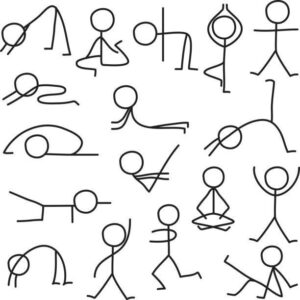
Yoga teacher training (YTT) is an immersive experience designed to help yoga enthusiasts become skilled instructors, enabling them to teach yoga safely, effectively, and confidently.
This training not only refines your yoga practice but also provides comprehensive knowledge about yoga history, philosophy, anatomy, asana alignment, class management, and the subtle body.
Yoga teacher training is suitable for anyone passionate about yoga, whether you’ve already been practicing yoga for years or you’re relatively new to the practice. Remember, you don’t have to be super flexible or advanced in your yoga poses to enroll in YTT; the journey is open to anyone with a genuine desire to deepen their understanding of yoga.
Why Choose a 200-Hour Yoga Teacher Training Program?
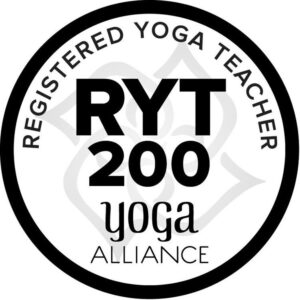
- The 200-hour yoga teacher training is the standard foundational program recognized internationally and certified by Yoga Alliance.
- Completing this program allows you to become a Registered Yoga Teacher (RYT-200), enabling you to teach yoga professionally worldwide.
- During a 200-hour yoga teacher training, you’ll explore foundational concepts, including various styles of yoga such as Hatha, Iyengar, Vinyasa, and restorative yoga. The training provides essential skills in yoga philosophy, anatomy, yoga asanas, pranayama, meditation, and teaching methodology, making it ideal for beginning your yoga teaching journey.
How Do I Choose the Best Yoga School for My Teacher Training?
Choosing the right yoga school is crucial for your yoga journey.
Consider enrolling in a registered yoga school certified by Yoga Alliance. Review the curriculum, teacher qualifications, teaching style, class sizes, and reviews from former students. If you want to teach at a studio afterward, ensure the school is reputable and recognized within the yoga community.
Whether considering an established yoga studio or an online yoga teacher training course, prioritize programs emphasizing thorough instruction, hands-on experience, personalized feedback, and comprehensive training in yoga philosophy and anatomy.
What Can I Expect from a Yoga Teacher Training Course?
In a typical yoga teacher training program, you will engage in daily yoga practice, workshops, and lectures designed to deepen your personal practice and teaching skills.
Expect to explore areas like yoga history, philosophy, ethical teaching, anatomy, class sequencing, adjustments, and meditation practices such as yoga nidra.
You’ll also practice teaching your fellow students to build confidence in class management. By the end of your yoga teacher training course, you’ll feel fully prepared and ready to teach your first yoga class professionally.
Online vs. In-Person Yoga Teacher Training: Which Is Right for You?
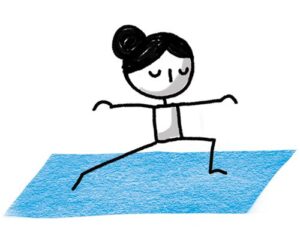
Both online yoga teacher training and in-person courses have advantages. Online courses offer flexibility, allowing you to learn at your own pace and often at a lower cost. They’re great for people who have commitments outside of yoga.
In-person yoga teacher training programs offer direct hands-on experience, deeper connections, immediate feedback, and opportunities to practice adjustments and alignment. Choose according to your learning style, personal practice preferences, and lifestyle demands.
What’s Included in a Typical 200-Hour Teacher Training?
A 200-hour yoga teacher training typically includes:
- Techniques and practice of yoga poses (asanas)
- Yoga philosophy, including foundational texts and principles
- Anatomy and physiology for safe and effective teaching
- Teaching methodology, sequencing, and class management
- Pranayama (breathing techniques), meditation, and subtle body exploration
Many programs also incorporate prenatal yoga, yoga nidra, and specialized yoga teaching practices. Ensure your chosen program aligns with your personal goals and interests.
How Important Is Yoga Alliance Certification?
Yoga Alliance certification is widely recognized globally.
Registering as a Registered Yoga Teacher (RYT) adds credibility and enhances your professional opportunities. Many yoga studios require certification from a Yoga Alliance–approved school, and being listed in Yoga Alliance’s directory can boost your visibility as a yoga instructor.
Though not mandatory, a Yoga Alliance certification provides assurance of high-quality training standards and can simplify your path when looking to teach at a studio or pursue advanced training programs.
What’s the Difference Between 200-Hour, 300-Hour, and 500-Hour Teacher Training Programs?
- The 200-hour yoga teacher training is foundational, providing basic certification.
- A 300-hour yoga teacher training is advanced, usually pursued after the initial 200-hour training, deepening skills and specializing further.
- Completing both 200-hour and 300-hour programs results in a comprehensive 500-hour teacher training, the highest level of certification recognized by Yoga Alliance.
For those serious about developing their yoga teaching career further, advanced training programs offer additional expertise, such as specialized yoga teaching methods or deeper exploration of yoga philosophy and anatomy.
Can I Get a Scholarship for Yoga Teacher Training?

Yes, many yoga schools offer scholarships or financial aid to make yoga teacher training accessible to everyone. Scholarship programs often target individuals committed to sharing yoga who may face financial barriers.
When selecting your yoga school, inquire about scholarship opportunities or payment plans. This support can significantly reduce financial stress while completing your certification program.
After Completing Your Certification: What’s Next for Your Yoga Teaching Career?
Once you’ve completed your yoga teacher training and obtained certification, you’re ready to begin teaching yoga classes at studios, gyms, wellness centers, retreats, or even online. Build your yoga business by creating connections within the yoga community, offering private classes, workshops, or specialized yoga courses.
Continuing education, like the 300-hour training, can further elevate your teaching skills. The journey to become a yoga teacher doesn’t end at certification; ongoing personal practice, continuous learning, and sharing yoga with passion and authenticity define the path ahead.
Important Points to Remember:
- Yoga teacher training is open to anyone passionate about deepening their yoga practice.
- The 200-hour yoga teacher training is foundational for becoming a registered yoga teacher (RYT-200).
- Choose a yoga school registered with Yoga Alliance to ensure quality training and credibility.
- Online training offers flexibility; in-person training provides hands-on experience.
- Yoga Alliance certification enhances professional opportunities and credibility.
- Scholarships for yoga teacher training can reduce financial barriers.
- Your yoga journey continues beyond certification—continuous learning and practice are key.
By understanding these key aspects, you’re well on your way to becoming a certified yoga instructor and beginning a fulfilling yoga teaching journey.


